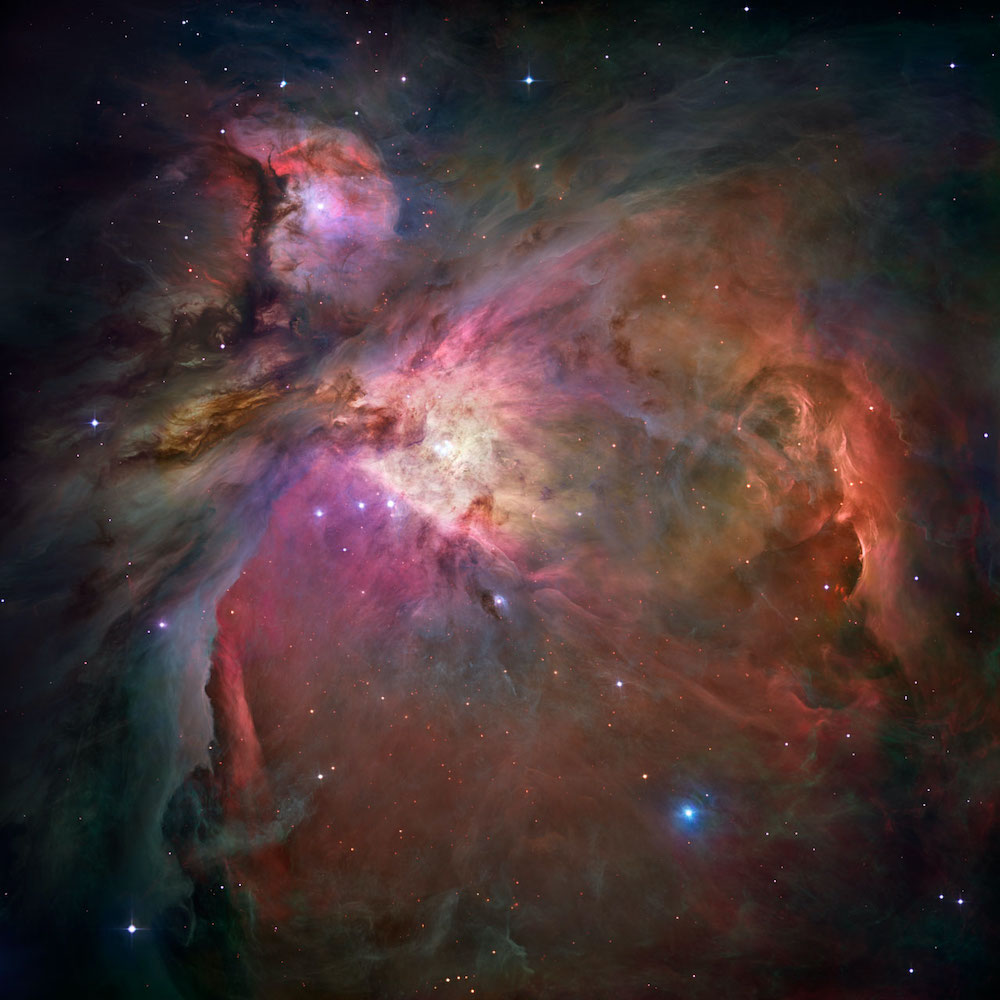Viewing Features Jupiter, Orion Nebula

Jupiter and the Great Orion Nebula, M42, will be part of this month’s free stargazing event Friday, March 15, beginning about 6 pm and lasting several hours at the Westmont Observatory. Along with Westmont’s powerful Keck Telescope, members of the Santa Barbara Astronomical Society bring their own telescopes to share with the public.
Views of the gas giant should be good this month, though the planet will appear lower and lower in the western sky. The Great Orion Nebula, a giant stellar nursery in Orion’s Sword, sports a collection of stars called the Trapezium. “Four of these stars should easily stand out in the center of the sword,” says Thomas Whittemore, emeritus instructor of physics and SBAU member. “If the sky is clear and steady, Westmont’s 8-inch refractor should bring out at least one or two other companions in the mix.”

He encourages visitors to bring their own binoculars and train them on the sword and go a bit higher to the belt. “You should be able to bring all three belt stars into view along with a number of nearby bright, white twinklers,” he says.
The moon will be a nice target as it rides high in the sky near Orion, the hunter. “The moon will be a young crescent this evening, a bit over five days old, and will make a nice triangular companion to the Pleiades and the head of Taurus, the bull,” he says. “This section of the bull contains Hyades, a wonderful collection of nearby stars.” He advises viewers to look for any red giants in the group.
Also, nearby is NGC 1647, a spectacular bunch of stars tailor-made for a pair of binoculars or a low-powered telescope.
Finally, to the east of and below the Hunter is Canis Major, the big dog. The open cluster, M41, lies below and to the west of Sirius, the brightest star in the constellation. “While still in Canis Major, take a trip to the lower part of the constellation to NGC 2362, a glistening collection of hot, white stars that are about 4,800 light-years distant,” Whittemore says. “And, as you stare at this ensemble, think about the 4,800-year journey the light has made to your eyes.”
Free parking is available near the Westmont Observatory, which is between the baseball field and the track and field/soccer complex. To enter Westmont’s campus, please use the Main Entrance off La Paz Road after 7 pm. In case of inclement weather, please call the Telescope Viewing Hotline at (805) 565-6272 to hear if the viewing has been canceled.







You must be logged in to post a comment.